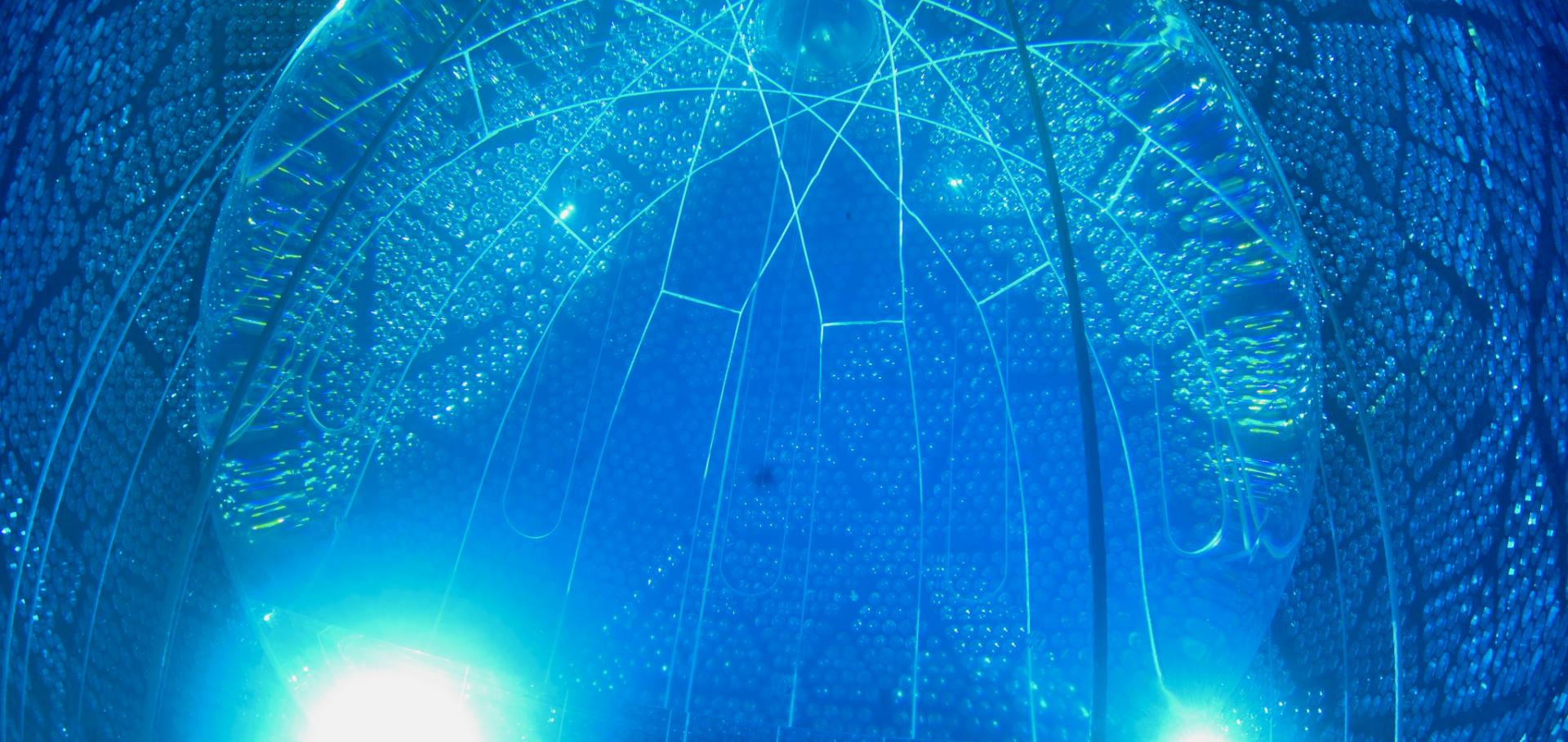First T2K measurement of transverse kinematic imbalance in the muon-neutrino charged-current single-π+ production channel containing at least one proton
Physical Review D American Physical Society (APS) 103:11 (2021) 112009
Authors:
K Abe, N Akhlaq, R Akutsu, A Ali, C Alt, C Andreopoulos, M Antonova, S Aoki, T Arihara, Y Asada, Y Ashida, ET Atkin, Y Awataguchi, GJ Barker, G Barr, D Barrow, M Batkiewicz-Kwasniak, A Beloshapkin, F Bench, V Berardi, L Berns, S Bhadra, A Blanchet, A Blondel, S Bolognesi, T Bonus, B Bourguille, SB Boyd, A Bravar, D Bravo Berguño, C Bronner, S Bron, A Bubak, M Buizza Avanzini, S Cao, SL Cartwright, MG Catanesi, A Cervera, J Chakrani, D Cherdack, G Christodoulou, M Cicerchia, J Coleman, G Collazuol, L Cook, D Coplowe, A Cudd, G De Rosa, T Dealtry, CC Delogu, SR Dennis, C Densham, A Dergacheva, F Di Lodovico, S Dolan, D Douqa, TA Doyle, J Dumarchez, P Dunne, A Eguchi, L Eklund, S Emery-Schrenk, A Ereditato, AJ Finch, G Fiorillo, C Francois, M Friend, Y Fujii, R Fukuda, Y Fukuda, K Fusshoeller, C Giganti, M Gonin, EAG Goodman, A Gorin, M Grassi, M Guigue, DR Hadley, P Hamacher-Baumann, DA Harris, M Hartz, T Hasegawa, S Hassani, NC Hastings, Y Hayato, A Hiramoto, M Hogan, J Holeczek, NT Hong Van, T Honjo, F Iacob, AK Ichikawa, M Ikeda, T Ishida, M Ishitsuka, K Iwamoto, A Izmaylov, N Izumi, M Jakkapu, B Jamieson, SJ Jenkins, C Jesús-Valls, JJ Jiang, P Jonsson, CK Jung, PB Jurj, M Kabirnezhad, H Kakuno, J Kameda, SP Kasetti, Y Kataoka, Y Katayama, T Katori, E Kearns, M Khabibullin, A Khotjantsev, T Kikawa, H Kikutani, S King, J Kisiel, T Kobata, T Kobayashi, L Koch, A Konaka, LL Kormos, Y Koshio, A Kostin, K Kowalik, Y Kudenko, S Kuribayashi, R Kurjata, T Kutter, M Kuze, L Labarga, J Lagoda, M Lamoureux, D Last, M Laveder, M Lawe, S-K Lin, RP Litchfield, SL Liu, A Longhin, L Ludovici, X Lu, T Lux, LN Machado, L Magaletti, K Mahn, M Malek, S Manly, L Maret, AD Marino, L Marti-Magro, T Maruyama, T Matsubara, K Matsushita, C Mauger, A Maurel, K Mavrokoridis, E Mazzucato, N McCauley, J McElwee, KS McFarland, C McGrew, A Mefodiev, GD Megias, L Mellet, M Mezzetto, A Minamino, O Mineev, S Mine, M Miura, L Molina Bueno, S Moriyama, Th A Mueller, D Munford, L Munteanu, Y Nagai, T Nakadaira, M Nakahata, Y Nakajima, A Nakamura, H Nakamura, K Nakamura, Y Nakano, S Nakayama, T Nakaya, K Nakayoshi, CER Naseby, TV Ngoc, VQ Nguyen, K Niewczas, Y Nishimura, K Nishizaki, E Noah, TS Nonnenmacher, F Nova, J Nowak, JC Nugent, HM O’Keeffe, L O’Sullivan, T Odagawa, T Ogawa, R Okada, K Okumura, T Okusawa, RA Owen, Y Oyama, V Palladino, V Paolone, M Pari, WC Parker, J Parlone, S Parsa, J Pasternak, M Pavin, D Payne, GC Penn, D Pershey, L Pickering, C Pidcott, G Pintaudi, C Pistillo, B Popov, K Porwit, M Posiadala-Zezula, B Quilain, T Radermacher, E Radicioni, B Radics, PN Ratoff, M Reh, C Riccio, E Rondio, S Roth, A Rubbia, AC Ruggeri, CA Ruggles, A Rychter, LSM Lakshmi, K Sakashita, F Sánchez, G Santucci, CM Schloesser, K Scholberg, M Scott, Y Seiya, T Sekiguchi, H Sekiya, D Sgalaberna, A Shaikhiev, A Shaykina, M Shiozawa, W Shorrock, A Shvartsman, K Skwarczynski, M Smy, JT Sobczyk, H Sobel, FJP Soler, Y Sonoda, R Spina, S Suvorov, A Suzuki, SY Suzuki, Y Suzuki, AA Sztuc, M Tada, M Tajima, A Takeda, Y Takeuchi, HK Tanaka, Y Tanihara, M Tani, N Teshima, N Thamm, LF Thompson, W Toki, C Touramanis, T Towstego, KM Tsui, T Tsukamoto, M Tzanov, Y Uchida, M Vagins, S Valder, D Vargas, G Vasseur, C Vilela, WGS Vinning, T Vladisavljevic, T Wachala, J Walker, JG Walsh, Y Wang, L Wan, D Wark, MO Wascko, A Weber, R Wendell, MJ Wilking, C Wilkinson, JR Wilson, K Wood, C Wret, J Xia, Y-H Xu, K Yamamoto, C Yanagisawa, G Yang, T Yano, K Yasutome, N Yershov, M Yokoyama, T Yoshida, Y Yoshimoto, M Yu, R Zaki, A Zalewska, J Zalipska, K Zaremba, G Zarnecki, M Ziembicki, M Zito, S Zsoldos

